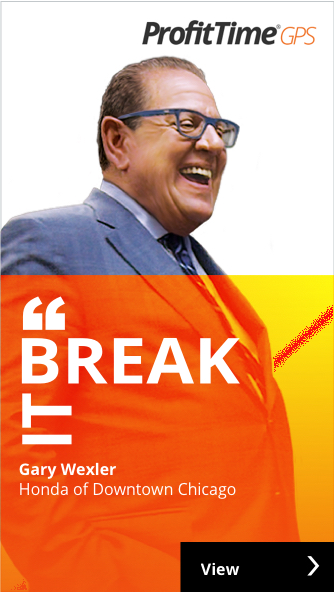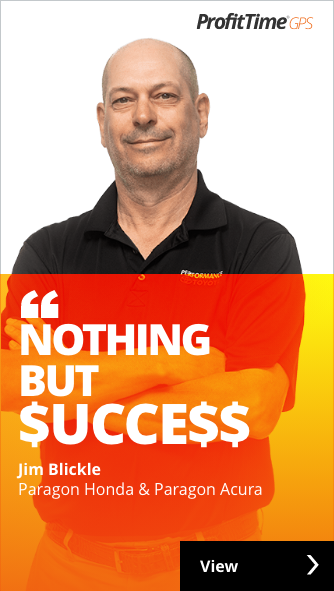A Manager’s View Of A Volatile Used Vehicle Market
I had an eye-opening conversation the other day with used vehicle manager Jim Mason of Steven Toyota, Harrisonburg, VA.
We were discussing how the dealership’s average front-end gross profit was lagging its target by about $300 for the current month.
Mason knew exactly why: The store’s average days in inventory had crept up about four to five days, and the average price to market at the time of retail sale had dropped to 90 percent.
“There’s a combination of factors at work,” Mason says. “But the biggest hurdle is the incentives being offered on new cars. The incentives are huge, and they’re across the board in terms of manufacturers. It means that the ’16 and ‘17 model year cars become ‘new car bait,’ for lack of a better term.”
In this scenario, Mason explains, customers ultimately end up purchasing a new vehicle because there isn’t enough difference between the payment and price of the used vehicle—a problem that’s most profound on the certified pre-owned vehicles that make up about 30 percent of Mason’s monthly retail sales.
“Our grosses on certified cars are anemic,” he says. “We have to be a lot more aggressive on these cars than what we have been, and that has a direct impact on gross profit.”
I asked Mason how he’s tackling the problem. He offered three tips that seem relevant to share with other dealers:
1. Source more near-new inventory from trade-ins. “There’s about a $2,000 spread between MMR and retail asking prices on 2016 and 2017 used Toyotas,” he says. “By the time you get it here, by the time you pay to certify, and by the time you pay the other costs, there’s nothing left. These are not cars I should be acquiring from auction unless I absolutely have to fill a hole in my inventory.”
2. Price the vehicles more aggressively. Mason notes that the current market doesn’t allow you to initially price near-new vehicles at or near a Price to Market ratio of 100 percent. “You have to start at 90 percent because that’s where you can sell it,” he says. The danger, Mason adds, is “getting it in your head that you’ve got to make $1,200 or $1,500 a copy. That’s not going to happen.”
There is a silver lining, though. Mason correctly notes that while you won’t make as much in front-end gross profit as you might like on these vehicles, they are available and in-demand, which offers the opportunity for a repeatable, quick-turn retail cycle.
3. Diversify your inventory mix. Like many dealers, Mason is looking to auctions to source slightly older, higher-mileage vehicles to diversify his inventory. “Those cars are expensive today, relatively speaking,” he says. “It’s like the expensive cars are cheap and the cheap cars are expensive right now.”
Mason shares my sense that there will be more market volatility in the months ahead, particularly as rental companies unload their fleets and wholesale prices adjust.
The good news is Mason and other managers will be ready. They’ll know that time isn’t on their side. They’ll make the necessary adjustments to fare the best and suffer the least.
The post A Manager’s View Of A Volatile Used Vehicle Market appeared first on Dale Pollak.

















